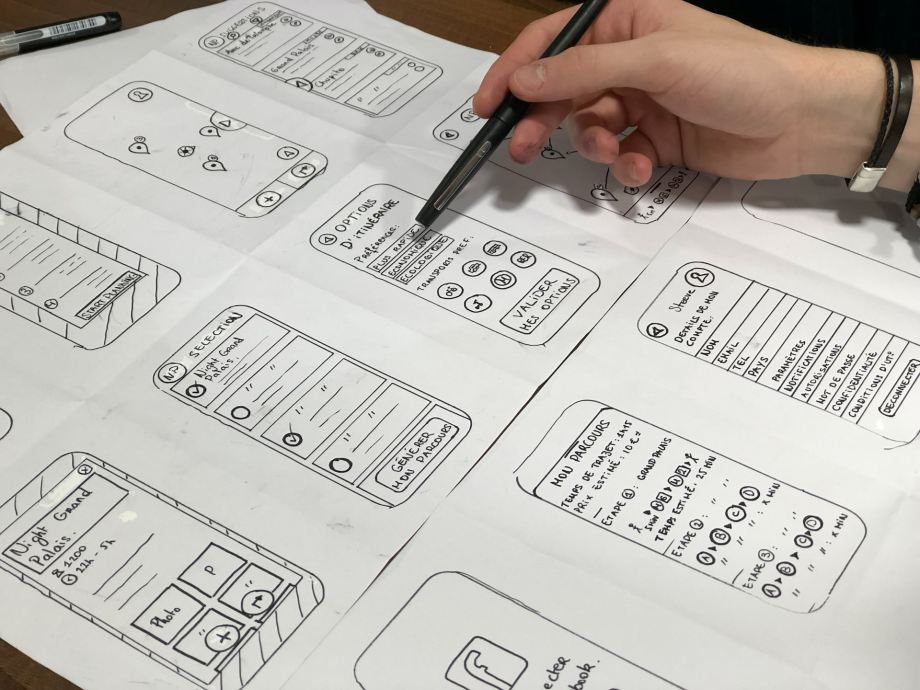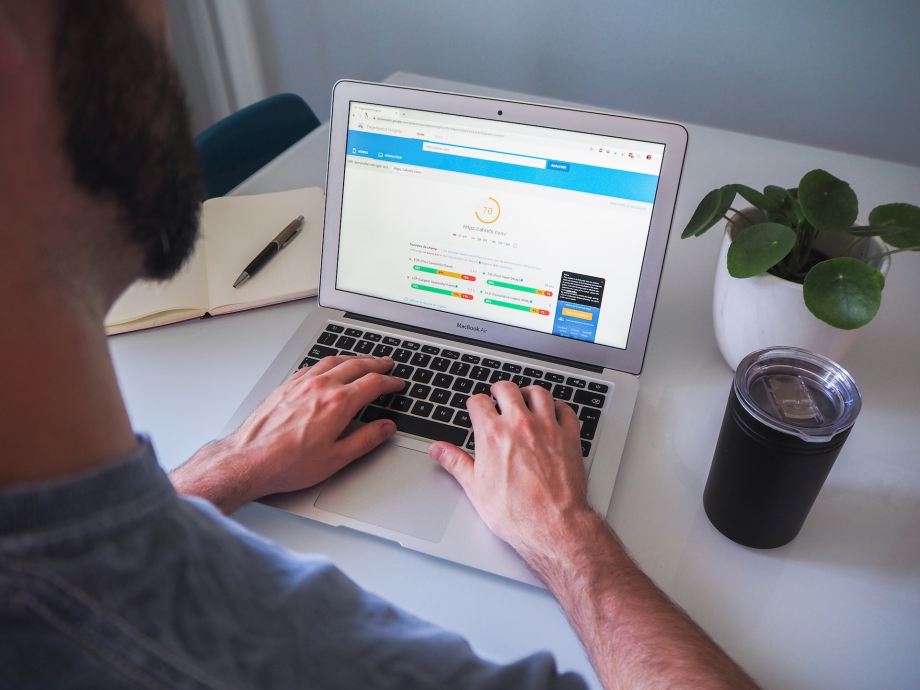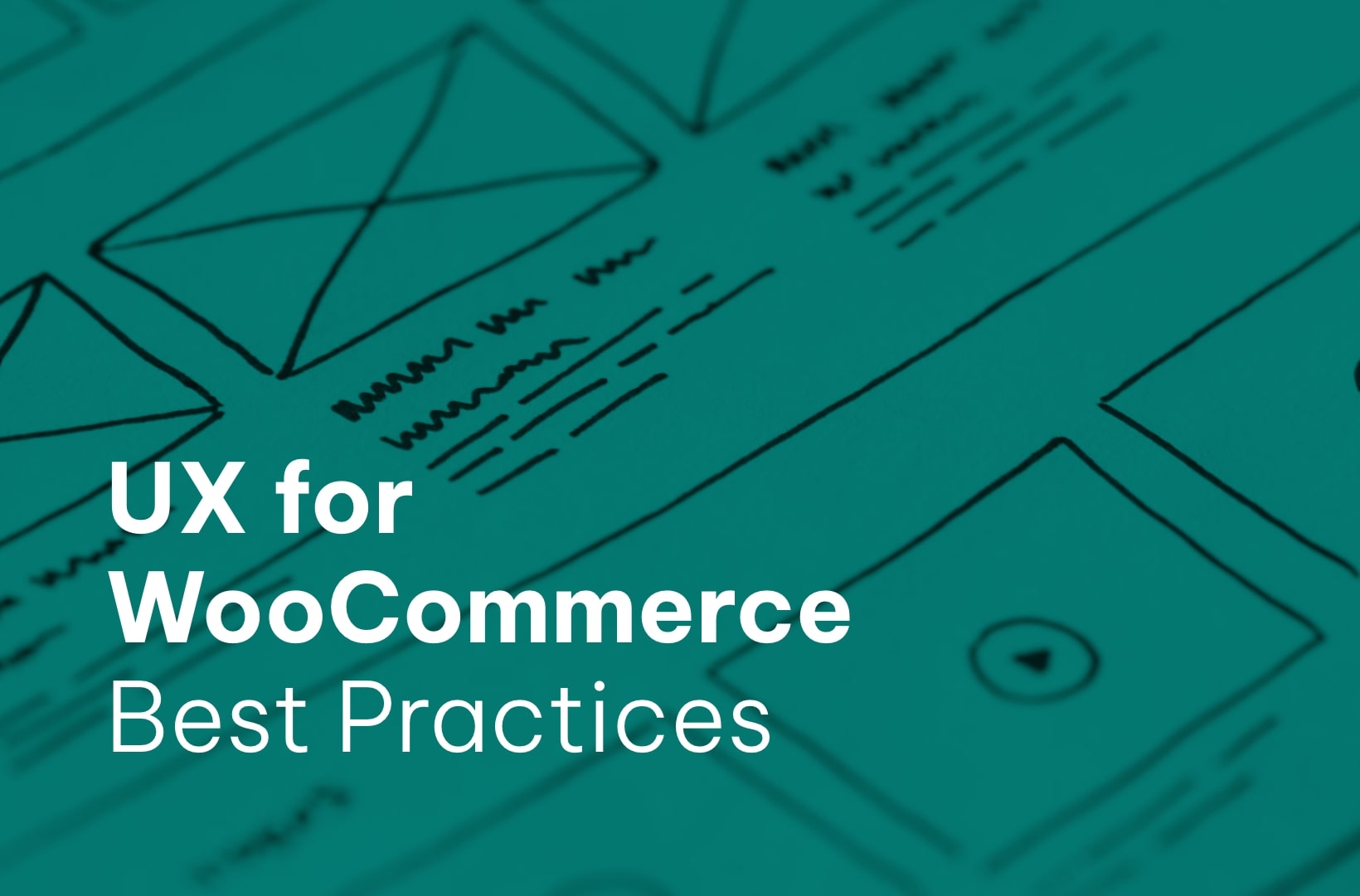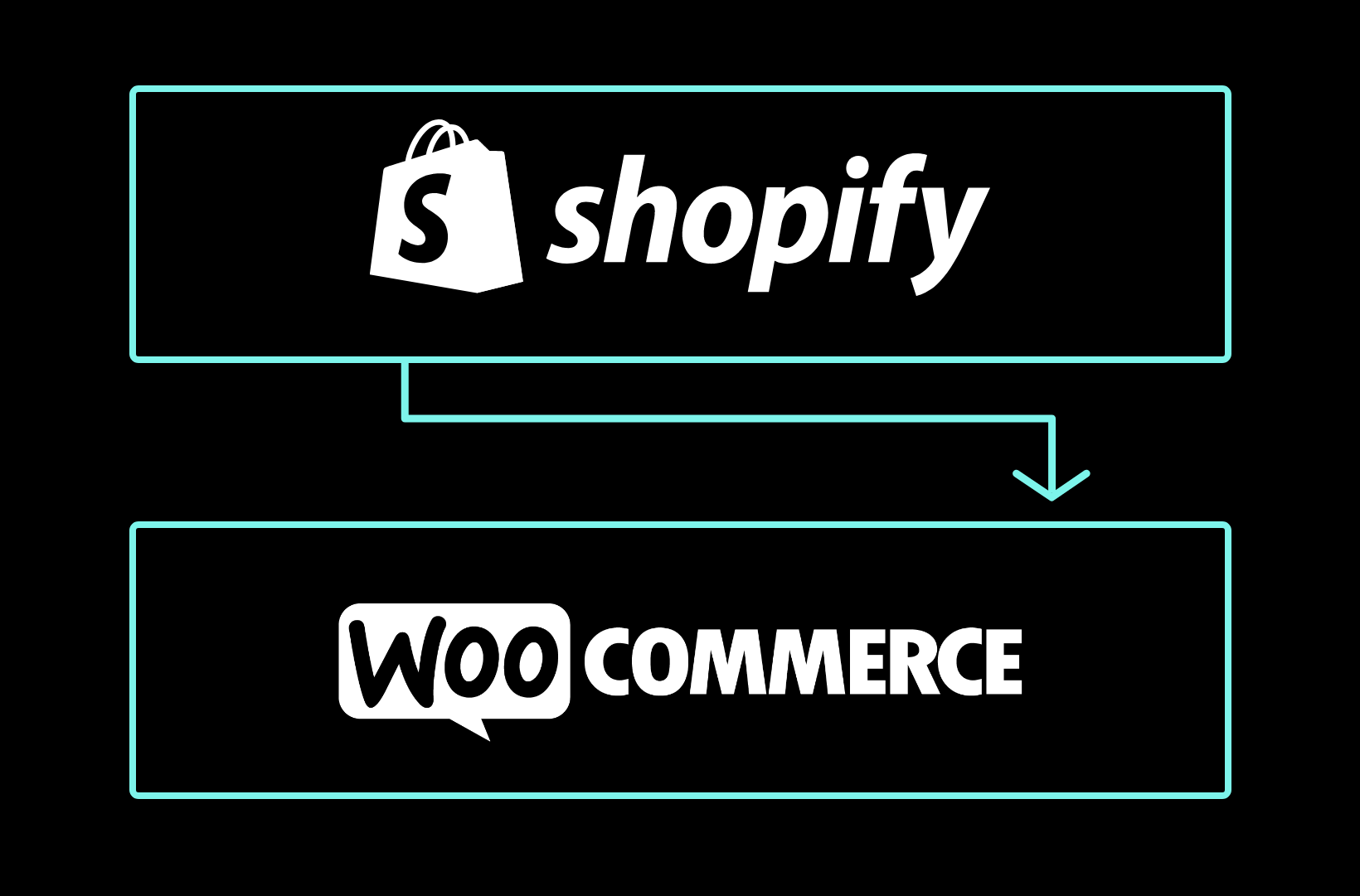Are you noticing a troubling dip in conversions on your eCommerce store? Are your customers abandoning their carts, leaving you to wonder what went wrong?
Bad WooCommerce UX might just be the hidden culprit lurking behind those dwindling numbers.
Fear not, as you’re not alone in this struggle. Many businesses, just like yours, are grappling with optimizing their user experience to boost conversions and improve customer satisfaction.
With the rise of eCommerce, a great user experience is no longer a luxury – it’s a necessity.
Studies show that 88% of consumers are unlikely to return to a website if they have a bad UX experience. Imagine that dropoff rate in terms of sales figures!
So, how do you transform your WooCommerce site from a confusing labyrinth to a seamless shopping haven that your customers can’t help but love? By understanding the common UX pitfalls and implementing expert-recommended best practices, of course!
In this comprehensive guide, we’ll explore the ins and outs of building an incredible WooCommerce UX that sets you up for success.
Buckle up and get ready to take your online store to the next level by employing the right UX strategies, leveraging visuals, and creating responsive designs tailored to your target audience.
Understanding WooCommerce UX
User experience (UX) refers to the overall perception, emotions, and responses a person has while interacting with a product or service.
In the context of WooCommerce websites, UX encompasses the entire journey that a customer takes while browsing, selecting items, and completing a purchase.

The primary goal of UX-focused web design is to create a seamless, enjoyable, and efficient experience for users, ultimately leading to higher conversion rates and customer satisfaction.
UX plays a crucial role in shaping the way customers interact with an online store. A well-designed user interface can make the difference between a one-time visitor and a loyal customer.
By focusing on the needs and preferences of the target audience, UX designers can create an environment that encourages users to explore, engage, and ultimately make a purchase. In turn, this leads to increased conversions, customer satisfaction, and loyalty.
The key components of an effective WooCommerce store’s UX include the following:
- Responsive design: Responsive design ensures that your website adapts to different screen sizes and devices, providing a consistent and good user experience for all visitors. This is essential for accommodating the growing number of mobile shoppers and maintaining a professional appearance across various devices.
- Clear and intuitive navigation: An easy-to-use navigation system helps users find what they’re looking for quickly and efficiently. This includes well-organized menus, visible search bars, and clear calls to action that guide users through the shopping process.
- Fast loading times: Slow-loading websites can lead to frustration and lost sales. Optimizing your WooCommerce site for speed will not only improve the user experience but also positively impact your web page’s search engine rankings.
- Accessibility: Ensuring your website is accessible to users with disabilities is both a legal requirement and a moral responsibility. By following accessibility best practices, you can cater to a wider audience and provide a more inclusive shopping experience.
- Credibility and trustworthiness: Building trust with your customers is essential for driving conversions and repeat business. This can be achieved through professional design, displaying customer reviews, getting an SSL certificate, and implementing secure payment methods.
- Optimized checkout process: A smooth and efficient checkout process reduces cart abandonment and encourages customers to complete their transactions. Streamlining the checkout experience by minimizing steps, adding progress indicators, offering guest checkout options, and providing clear pricing information can significantly improve the overall UX of your WooCommerce site.
Kostas Seresiotis is a Senior Product Engineer at Saucal, and he knows what makes for a great user experience on a WooCommerce website. Here are his thoughts:
The perfect eCommerce experience needs to guide the customer through to the checkout process, providing a clear path to the desired action, with the least amount of steps possible, while being versatile enough to allow cart modifications up to the last minute, presenting upsells & cross-sells without being intrusive.
A very common mistake is not optimizing that purchase path for mobile devices, where the user needs to scan the page to find where an “Add to Cart” button is, why the Checkout form is not submitting as the form errors are not clearly presented etc.
Common UI/UX issues in WooCommerce
When designing the user interface (UI) and the user experience (UX) of a WooCommerce website, businesses often make mistakes that can negatively impact the user’s buying journey.
Here are some common issues and practical solutions to help create a more user-friendly website:
Lack of responsiveness
In today’s multi-device world, ensuring that your WooCommerce website is responsive across various devices and screen sizes is crucial. A lack of responsiveness can negatively impact user experience, causing frustration and leading to lost sales.
To test and improve your site’s responsiveness, consider using tools like Google’s Mobile-Friendly Test or BrowserStack. Additionally, make sure to choose a responsive WooCommerce theme and optimize your site’s layout, typography, and images for different devices.
Poor navigation
Unclear or confusing navigation is a significant UX issue in WooCommerce websites. When customers can’t find what they’re looking for, they’re more likely to abandon your site in favor of a competitor’s.
To create intuitive and user-friendly navigation, use descriptive labels, organize your categories logically, and provide clear visual cues, such as breadcrumbs or drop-down menus.
Regularly review your site’s navigation and make improvements based on user feedback and analytics data.
Slow loading times
Slow loading times can have a detrimental impact on user experience and conversions. Studies show that a one-second delay in page load time can result in a 7% reduction in conversions.
To optimize your WooCommerce website for faster performance, consider compressing and resizing images, using caching plugins like WP Rocket, and minimizing the use of heavy scripts and plugins.
Limited accessibility
Creating an accessible WooCommerce website is essential to ensure that all users, including those with disabilities, can navigate and interact with your site.
To improve accessibility, use appropriate color contrast, provide alternative text for images, and ensure keyboard navigability.
Lack of credibility and trustworthiness
Trust and credibility play a significant role in the user experience of eCommerce websites. If customers don’t trust your site, they’re unlikely to make a purchase.
To establish trust, display security badges from reputable providers, offer transparent pricing and shipping information, have clean page layouts, and showcase true customer reviews and testimonials.
Complicated checkout process
A smooth and optimized checkout process is crucial to prevent cart abandonment and boost conversions. Common mistakes that can hinder the checkout experience include non-intuitive purchase flows, misplaced “Add to cart” buttons on the product landing page, and error-prone forms.
To improve the checkout experience, offer guest checkout options, streamline the process by eliminating unnecessary steps, and provide clear progress indicators.
Moreover, ensure that your “Add to cart” buttons are prominently displayed and that any errors in the checkout forms are clearly indicated with helpful suggestions.
WooCommerce UX best practices
Creating an exceptional user experience on WordPress websites involves implementing a set of best practices that cater to your target audience’s needs and preferences.
Here are some key best practices to consider:
Optimizing for speed

Fast-loading WordPress sites are essential for providing a seamless user experience and improving site SEO. To optimize your WooCommerce website for speed, consider the following tips:
- Optimize images by compressing them and using the appropriate file formats.
- Use a caching plugin to store and serve static versions of your website’s pages.
- Minimize the use of heavy scripts and plugins that can slow down your site.
- Implement a Content Delivery Network (CDN) to serve your site’s assets from servers closer to your users.
Mobile-first design
With the increasing number of mobile shoppers, adopting a mobile-first design approach is crucial. This means designing your website primarily for mobile devices and then scaling up for larger screens.
Some tips for implementing mobile-first design include:
- Use responsive design techniques to ensure your site adapts to different screen sizes and devices.
- Prioritize content and features that are most relevant to mobile users.
- Implement touch-friendly navigation and controls.
- Optimize forms and input fields for mobile usage.
Personalization
Personalizing the user experience can lead to higher engagement and conversion rates. To add personalization to your WooCommerce website, consider the following:
- Use customer data to provide personalized product recommendations based on browsing history or purchase history.
- Display personalized content, such as recently viewed items or tailored promotions.
- Implement personalized search functionality that takes user preferences into account.
- Offer personalized customer support through chatbots or tailored help articles.
Defining and researching user needs
Understanding your target audience and their specific needs is crucial for creating a user-centered WooCommerce website.
Various methods can be used to gather user insights, such as surveys, interviews, and user personas.
Here are some ways to analyze and apply these insights to inform your UX design:
- Ask users about their likes, dislikes, most-used features, and desired improvements.
- Analyze data on bounce rates, time on site, click-through rates, and conversion rates to identify areas where users may be struggling or dropping off. Use this data to inform your UX design and improve the user experience.
- Create buyer personas that represent your target audience, and use them to guide your UX design decisions.
- Conduct A/B testing to identify which design elements are most effective in improving the user experience. Make data-driven decisions to optimize your WooCommerce website’s UX.
Creating visually appealing and responsive design
An attractive and professional-looking website can significantly enhance the user experience and encourage trust in your brand. It’s essential to create a visually appealing design that is also responsive, ensuring a seamless experience across various devices and screen sizes.
Here are some tips for achieving this:
- Use a mobile-first approach: Design your website primarily for mobile devices before scaling up for larger screens. This ensures that your site caters to the growing number of mobile shoppers and provides a consistent experience across all devices.
- Implement responsive design: Responsive design templates allow your website to adapt to different screen sizes and devices automatically. Use fluid grids, flexible images, and CSS media queries to ensure your site looks great on any device.
- Test across multiple devices: Regularly test your website on various devices, screen sizes, and browsers to identify and fix any issues that may arise. This helps ensure a consistent and enjoyable experience for all users.
- Optimize images and media: Large images and media files can slow down your website and negatively impact the user experience. Optimize your images by compressing them, using the appropriate file formats, and implementing responsive images to enable easy sharing on social media.
Leveraging visuals for enhanced UX
Visuals, such as images and videos, play a crucial role in enhancing the UX of a WooCommerce store. They can support the user journey, improve engagement, and convey important information.
Here are some tips for selecting and optimizing visuals:
- Align visuals with branding: Ensure your visuals align with your brand identity and convey a consistent message throughout your website. This helps build trust with your audience and creates a cohesive user experience.
- Use relevant visuals: Select visuals that are relevant to your content and products, providing context and enhancing the user’s understanding. Avoid using generic stock images that don’t add value to your site.
- Optimize visuals for speed: As mentioned earlier, optimizing your visuals for speed is crucial for maintaining a fast-loading website. Compress images, use the appropriate file formats, and implement responsive images to minimize loading times.
- Use videos and animations: Videos and animations can be highly engaging and help convey complex information more effectively. Use them sparingly to highlight key features or demonstrate product usage, but ensure they don’t negatively impact your site’s performance.
By creating a visually appealing and responsive design for your WooCommerce website, you can enhance the user experience, build trust with your audience, and ultimately drive more conversions and sales.
Testing for usability and performance
Testing your WooCommerce website for usability and performance issues is crucial to ensure a smooth and enjoyable user experience. Here are some suggestions for conducting tests and optimizing your site:
- Usability testing: Usability testing helps identify issues that may hinder the user experience. Some methods for conducting usability tests include heuristic evaluations, first-click testing, and task-based testing. These tests can reveal problems with navigation, content organization, and overall usability, allowing you to make necessary improvements.
- Performance testing: Performance testing ensures your website loads quickly and functions smoothly. Slow loading times can lead to frustration and lost sales. To optimize your site for better performance, consider the following tips:
- Reduce image and video sizes to minimize loading times.
- Use caching WordPress plugins to store and serve static versions of your website’s pages.
- Minimize HTTP requests by combining files, using CSS sprites, and optimizing your code.
- Choose a reliable hosting provider that offers fast server response times and adequate resources for your site.
- A/B testing: Perform A/B testing on various aspects of your website, such as the checkout process, product pages, and calls-to-action. This helps you identify which UI design elements and features are most effective in improving the user experience and which need optimization for driving conversions.
Conducting user testing and iterating
User testing provides valuable feedback and insights into the actual user experience of your WooCommerce website. By gathering feedback from real users, you can identify areas for improvement and make data-driven decisions to enhance the UX.
Some tips for analyzing user testing results and making iterative improvements include:
- Identify patterns and trends in user feedback to pinpoint areas that need improvement.
- Prioritize issues based on their impact on the user experience and your business goals.
- Implement changes and improvements based on user feedback and retest to ensure the changes have the desired effect.
- Continuously iterate on your website’s design and features to maintain a high-quality user experience.
Regularly test your WooCommerce website for usability and performance issues and make iterative improvements based on user feedback. This can help you ensure a consistently enjoyable experience for your customers and drive long-term success for your online store.
Optimizing navigation and accessibility
Clear and intuitive navigation is essential for a positive user experience on WooCommerce websites. Here are some additional tips for optimizing navigation:
- Use descriptive labels for menu items to help users understand their content.
- Group related items together and use submenus to organize content logically.
- Include a search function to help users find products or information quickly.
- Ensure your navigation menu is consistent across all pages of your website.
Accessibility is equally important, as it ensures your website is usable by all users, including those with disabilities. Further suggestions for improving accessibility include:
- Use appropriate color contrast to ensure text is easily readable.
- Include descriptive alternative text for images to assist users with visual impairments.
- Design your website to be keyboard navigable, allowing users to access all features without a mouse.
- Use semantic HTML and ARIA attributes to improve screen reader compatibility.
Enhancing site credibility
Establishing trust and credibility on your WooCommerce website is crucial for encouraging users to make purchases. Some tips for achieving this include:
- Provide detailed product information, including specifications, features, and benefits.
- Display security badges and certifications to assure users that their information is safe.
- Offer transparent pricing and shipping information, including any additional fees or taxes.
- Showcase customer reviews and testimonials to demonstrate the value of your products and services.
Leverage Saucal’s expertise in WooCommerce UX best practices
Saucal is a leading expert in WooCommerce development and UX best practices. Our team of certified WooExperts is dedicated to helping online businesses create exceptional user experiences that drive customer satisfaction and loyalty.
Our team has reached such a level of expertise that we are actively helping hosts improve their setup for WooCommerce success. We go above and beyond traditional WooCommerce hosts because we understand the exact managed hosting needs of our WooCommerce clients!
Here’s what Seth Kravitz, the CEO of Phlearn says about Saucal,
“Best WooCommerce agency I have ever worked with. Seriously. They go so far above and beyond, it’s like having an in-house dev team sitting there with you.”
Like our existing clients, you can partner with Saucal to benefit from:
- Certified WooExperts with in-depth knowledge and experience in building, enhancing, and maintaining online stores and extensions.
- An extended in-house team of skilled developers, strategists, and WooCommerce experts.
- An agile process with transparent billing, keeping you informed and involved throughout the development process.
- Managed upkeep, ensuring your e-commerce site remains functional and up-to-date.
Saucal’s expert WooCommerce development services can help businesses effectively implement these best practices, ensuring a seamless and enjoyable user experience for customers.
If you’re looking to improve your WooCommerce UX, contact our WooCommerce experts at Saucal to create exceptional online stores.


